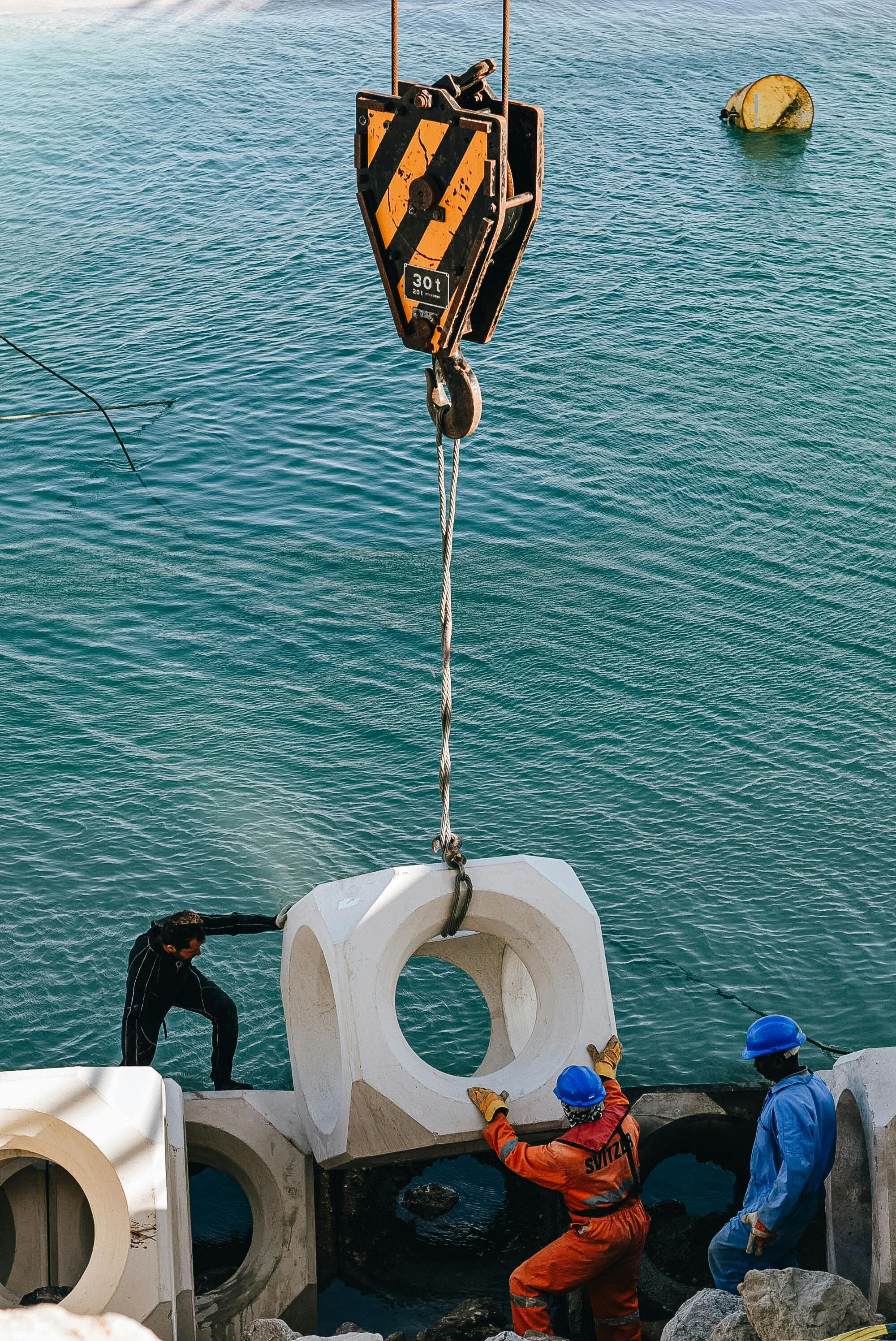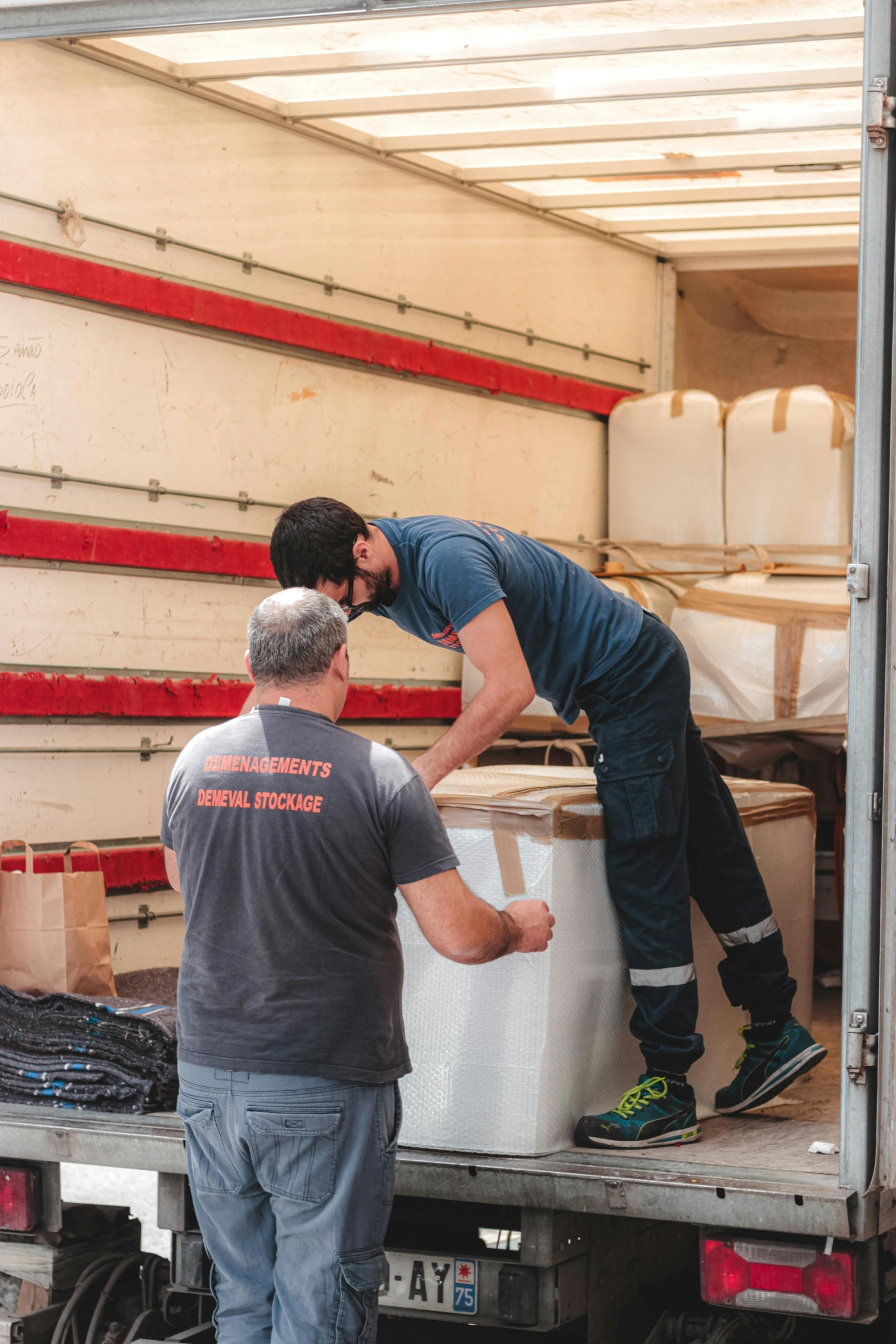Moving heavy items during a relocation can be daunting, presenting challenges that require careful planning and execution to ensure a smooth transition. Whether you’re moving heavy machinery, furniture, or other bulky items, the process demands expertise and the right equipment to avoid potential damage or injuries.
At Hovair Systems, we understand the complexities involved in moving heavy loads. With over 50 years of experience in manufacturing material handling equipment, we’ve honed our expertise to provide solutions that are portable, affordable, safe, and eco-friendly.
Our air bearing systems are designed to turn even the biggest and heaviest loads into movable objects, outperforming traditional methods like cranes or forklifts.
In this guide, we’ll explore expert advice for transporting heavy items during a move, offering valuable insights to help you navigate this crucial aspect of relocation seamlessly.
Now, let’s delve into some expert tips for transporting heavy items during a move.
Expert Advice for Transporting Heavy Items During a Move
1. Plan Ahead:
Planning ahead is crucial for a successful move, especially when dealing with heavy items. Let’s dive deeper into the two key components of planning ahead:
Assess Your Inventory:
Before embarking on the move, it’s essential to conduct a thorough assessment of your inventory.
Here’s how to effectively assess your inventory:
- Catalog Heavy Items:Create a detailed list of all heavy items that need to be transported, including their size, weight, and any special handling requirements. This inventory will serve as the foundation for planning and organizing the move.
- Determine Size and Weight:Measure and weigh each heavy item to determine its size and weight accurately. This information will help you determine the type of equipment needed for transportation and allocate resources accordingly.
- Identify Special Handling Requirements:Take note of any heavy items that require special handling due to their fragility, shape, or material composition. This will ensure that appropriate precautions are taken to prevent damage during transit.
Create a Moving Strategy:

A comprehensive moving strategy is essential for orchestrating a smooth and efficient relocation. Here’s how to create a moving strategy:
- Outline Tasks and Timelines:Break down the moving process into a series of tasks and establish realistic timelines for each task. This includes packing, loading, transportation, unloading, and unpacking heavy items.
- Allocate Resources:Determine the resources required for the move, including personnel, equipment, and materials. Ensure that sufficient resources are allocated to each stage of the moving process to avoid delays or bottlenecks.
- Consider Safety Protocols:Incorporate safety protocols into your moving strategy to ensure the well-being of personnel and prevent accidents or injuries. This may include training sessions, personal protective equipment (PPE) use, and adherence to safety guidelines during handling and transportation.
2. Use Proper Equipment:
Selecting the right equipment is critical for safely and efficiently moving heavy items. Let’s explore the two key aspects of using proper equipment:
Invest in Quality Material Handling Equipment:
Choosing reliable material handling equipment is essential for effectively moving heavy loads. Here’s how to make the right investment:
- Research Options:Explore different material handling equipment available on the market, considering factors such as versatility, efficiency, and safety features. Look for reputable manufacturers like Hovair Systems that offer innovative solutions tailored to heavy load handling.
- Evaluate Features:Assess the features and capabilities of each equipment option, focusing on factors such as load capacity, maneuverability, and ease of use. Select equipment that meets your specific requirements and provides the necessary functionality for transporting heavy items.
- Consider Long-Term Benefits:While upfront costs are important, consider the long-term benefits of investing in quality material handling equipment. High-quality equipment may offer greater durability, reliability, and performance, resulting in cost savings and improved efficiency over time.
Ensure Proper Weight Capacity:

Matching equipment weight capacity with the heaviest item to be moved is essential for safety and efficiency.
Here’s how to ensure proper weight capacity:
- Calculate Load Requirements:Determine the weight of the heaviest item or load that needs to be transported and compare it to the weight capacity of the selected equipment. Ensure that the equipment’s capacity exceeds the weight of the heaviest item to prevent overloading.
- Account for Safety Margin:Consider incorporating a safety margin when calculating load requirements to provide an additional buffer against unexpected variations in weight or conditions. This ensures the equipment operates within safe limits and reduces the risk of accidents or damage during transit.
By planning ahead and using proper equipment, you can streamline the process of moving heavy items and ensure a successful relocation while minimizing risks and maximizing efficiency.
3. Secure and Protect Items:
Ensuring the safety of heavy items during transit is essential to prevent damage and maintain their integrity. Here’s a closer look at the two key aspects of securing and protecting items:
Use Proper Packaging:
Investing in appropriate packaging materials is the first line of defense against damage during transit. Here’s how to ensure proper packaging:
- Sturdy Packaging Materials:Choose packaging materials such as crates, pallets, or cardboard boxes that are sturdy and durable enough to withstand the weight and size of heavy items. Reinforce weak points and seams to prevent potential failures.
- Protect Fragile Components:Heavy items may contain fragile components that require extra protection. Use padding materials such as bubble wrap, foam, or packing peanuts to cushion delicate surfaces and prevent damage during transit.

Secure Load Properly:
Properly securing the load to the transporting equipment is crucial for preventing shifting and instability during transit. Here’s how to secure the load effectively:
- Use Straps, Ropes, or Chains:Utilize straps, ropes, or chains to secure heavy items to the transporting equipment. Ensure that these restraints are of adequate strength and are properly fastened to prevent slippage or detachment during transit.
- Even Distribution and Balance:Distribute the load evenly across the transporting equipment and ensure it is balanced to prevent shifting during transit. This helps maintain stability and reduces the risk of accidents or damage caused by imbalanced loads.
4. Follow Safety Protocols:
Safety should always be a top priority when moving heavy items to protect personnel and property. Here’s how to ensure adherence to safety protocols:
Train Personnel:
Proper training is essential for personnel moving heavy items to ensure they understand safety protocols and proper handling techniques. Here’s how to provide effective training:
- Emphasize Safety Protocols:Train personnel on safety protocols specific to moving heavy items, including proper lifting techniques, equipment operation, and hazard awareness. Reinforce the importance of following safety guidelines at all times.
- Provide Personal Protective Equipment (PPE):Equip personnel with appropriate PPE such as gloves, safety goggles, and steel-toed boots to minimize the risk of injuries during handling. Ensure that PPE is worn consistently and maintained in good condition.
Adhere to Weight Limits:
Respecting weight limits specified for equipment and vehicles is crucial for maintaining stability and preventing accidents. Here’s how to adhere to weight limits effectively:
- Know Equipment and Vehicle Capacities:Familiarize personnel with the weight limits of equipment and vehicles used for transporting heavy items. Ensure that loads are within these limits to avoid overloading and potential damage to equipment.
- Avoid Sudden Movements:Encourage personnel to avoid sudden movements or sharp turns that could destabilize the load during transit. Maintain a steady pace and exercise caution when maneuvering heavy items to prevent accidents and injuries.
By following these safety protocols diligently, you can minimize the risk of accidents and injuries during the moving process, ensuring a safe and efficient relocation.
5. Coordinate Logistics:
Effective coordination of logistics is paramount to the success of any move involving heavy items. It ensures all moving parts work together seamlessly to achieve the desired outcome. Let’s delve deeper into the two crucial aspects of coordinating logistics:
Communicate with Stakeholders:
Communication lies at the heart of successful logistics coordination. Maintaining open channels of communication with all stakeholders involved in the move fosters transparency, alignment, and collaboration.
Here’s how to excel in this aspect:
- Regular Updates:Provide frequent updates to stakeholders regarding the progress of the move, any changes in schedules, or unforeseen challenges encountered. This ensures that everyone remains informed and can adapt their plans accordingly.
- Clarify Roles and Responsibilities:Clearly define the roles and responsibilities of each stakeholder to avoid confusion and overlapping efforts. Everyone should understand their part in the process, whether it’s the movers, suppliers, or facility managers.
- Addressing Concerns Promptly:Encourage stakeholders to voice any concerns or issues they encounter during the move. Promptly addressing these concerns helps prevent them from escalating and ensures a smoother transition overall.
Plan for Contingencies:
While meticulous planning is essential, it’s equally crucial to anticipate and prepare for potential disruptions during the move.
Here’s how to effectively plan for contingencies:
- Weather Conditions:Weather can be unpredictable and may impact transportation routes or cause delays. Have alternate plans to accommodate inclement weather, such as rescheduling or selecting alternative routes.
- Traffic Delays:Traffic congestion or road closures can hinder the movement of heavy items. Plan ahead by considering traffic patterns and scheduling moves during off-peak hours to minimize the risk of delays.
- Equipment Malfunctions:Equipment breakdowns can occur unexpectedly, leading to downtime and delays. Conduct regular maintenance checks on equipment and have backup options available to address any malfunctions promptly.
By anticipating potential challenges and having contingency plans in place, you can mitigate disruptions and ensure a smoother transition during the move
 6. Monitor Progress:
6. Monitor Progress:
Monitoring the progress of the move is essential for staying on track and addressing any issues that may arise along the way. Here’s how to effectively monitor progress:
- Track Progress:Keep a close eye on the progress of the move by monitoring milestones, timelines, and any deviations from the plan. This allows you to identify potential issues early on and take corrective action.
- Conduct Regular Inspections:Periodically inspect the equipment, vehicles, and load-securing mechanisms to ensure they function correctly and comply with safety standards. Make any necessary adjustments to maintain safety and efficiency throughout the move.
By monitoring progress closely and conducting regular inspections, you can identify and address any issues promptly, ensuring a smooth and successful relocation process.
Transporting heavy items during a move requires careful planning, proper equipment, and adherence to safety protocols. By following expert advice and leveraging reliable material handling equipment like Hovair Systems’ air bearing Systems, you can ensure a smooth and stress-free relocation process.
With over 50 years of experience manufacturing innovative solutions for moving heavy loads, Hovair Systems is your trusted partner for all your material handling needs. Contact us today to learn more about our products and how we can help streamline your next move.
Ready to streamline your heavy load handling process? Explore Hovair Systems to explore our range of innovative material handling equipment and experience the difference in efficiency and reliability.

 6. Monitor Progress:
6. Monitor Progress: